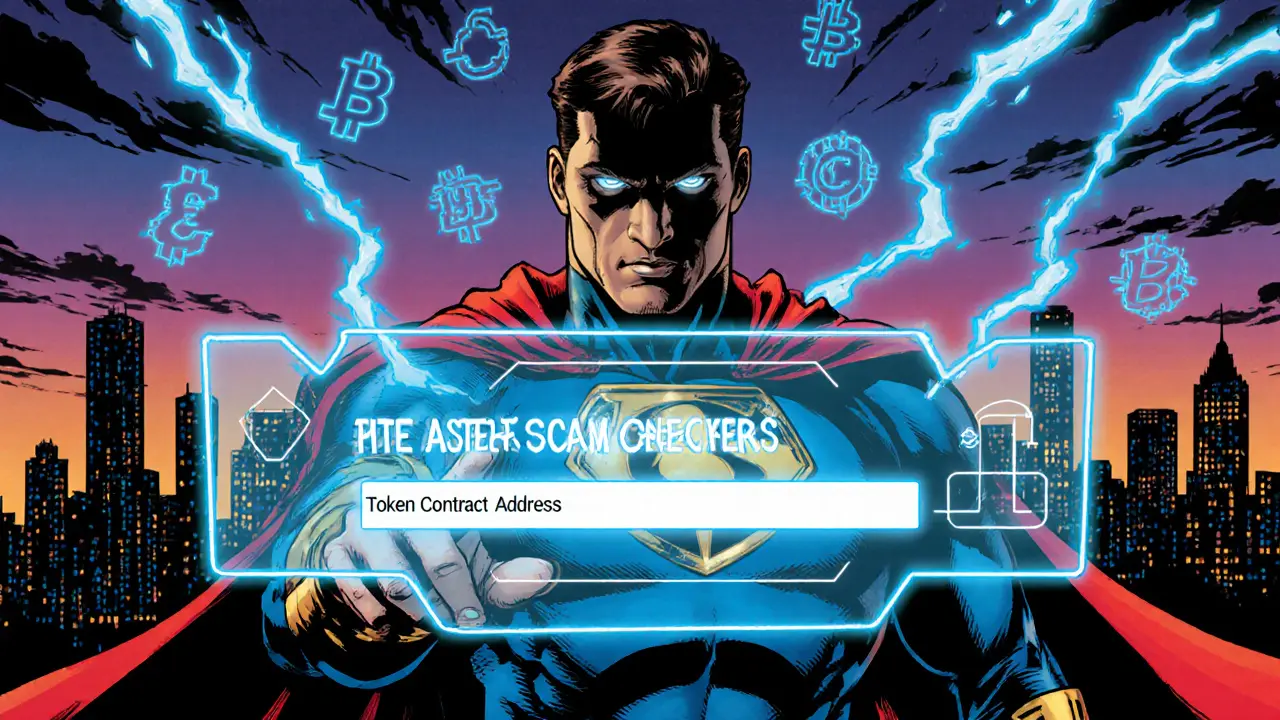When dealing with cryptocurrency fraud, the practice of deceiving crypto users to steal funds or data, you’re entering a space where trust is easily broken. Also known as crypto scams, it ranges from simple phishing emails to complex rug pulls that wipe out whole projects. cryptocurrency fraud isn’t just a buzzword; it’s a real threat that costs investors billions every year.
One of the most common sub‑categories is phishing scams, fraudulent messages that mimic legitimate platforms to steal login credentials. These scams thrive on the privacy‑vs‑surveillance arms race in crypto: users crave anonymity, but that same desire makes them vulnerable to fake login pages and malicious links. rug pulls, sudden project abandonments after collecting investor funds are another hot issue. They often originate from unregulated exchanges, platforms lacking proper licensing or security oversight, where developers can slip away with the money.
Understanding the relationships helps you stay ahead. Cryptocurrency fraud encompasses phishing scams, meaning any unexpected request for private keys should raise alarms. Rug pulls often stem from unregulated exchanges, so checking licensing status and community reputation can save you from a sudden dump. Fake airdrops exploit privacy concerns by promising free tokens in exchange for wallet access; always verify the source on official channels before participating.
Here are three quick checks before you click or trade: 1) Verify the URL and SSL certificate—phishers love look‑alike domains. 2) Search the project’s name alongside “scam” or “rug pull” on community forums; early warnings surface fast. 3) Look for transparent tokenomics and audited smart contracts—most legitimate airdrops provide a clear token distribution schedule.
Our collection below covers a range of topics that intersect with these fraud vectors. You’ll find deep dives into exchange licensing in Indonesia and Thailand, analyses of privacy‑focused coins versus surveillance tools, and guides on spotting fake airdrops like the recent POTS (Moonpot) claim. Each piece gives you actionable steps, from checking regulatory filings to using blockchain explorers for transaction verification.
By grasping how phishing scams, rug pulls, fake airdrops, and unregulated exchanges interlink, you build a mental firewall against loss. The articles that follow break down these concepts with real‑world examples, so you can spot red flags before they bite.
Ready to arm yourself with the right knowledge? Scroll down to explore detailed guides, reviews, and checklists that will help you trade smarter and stay safe in the ever‑evolving crypto landscape.

Learn what the fake Aster (ASTER) crypto coin is, how scammers copy the real Aster DEX, warning signs, and steps to protect your wallet from crypto drainer scams.